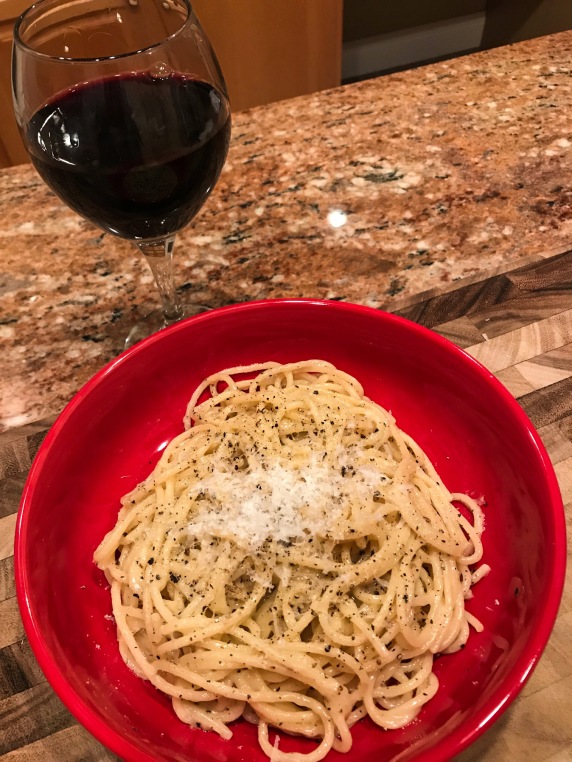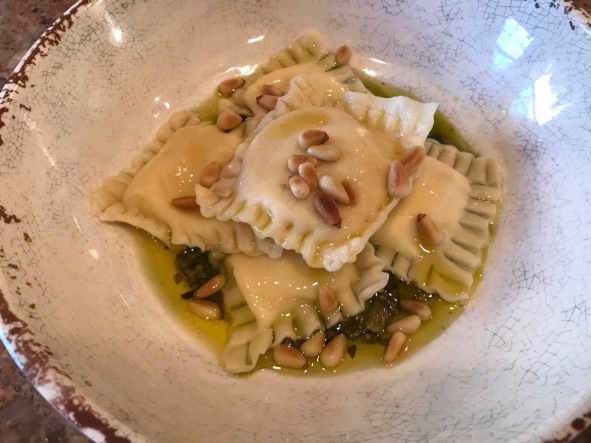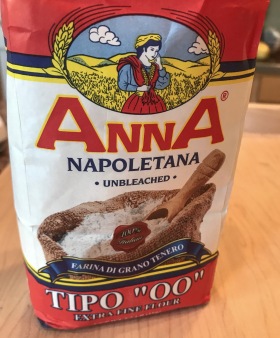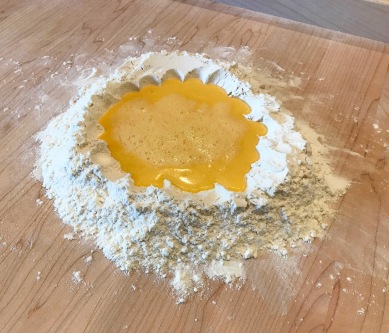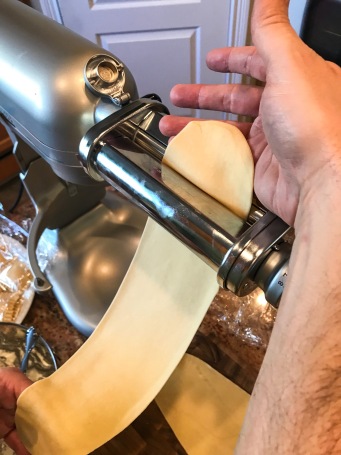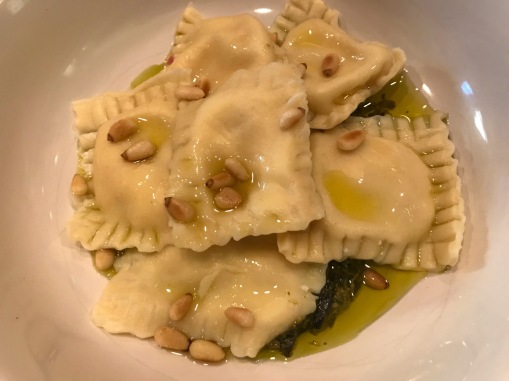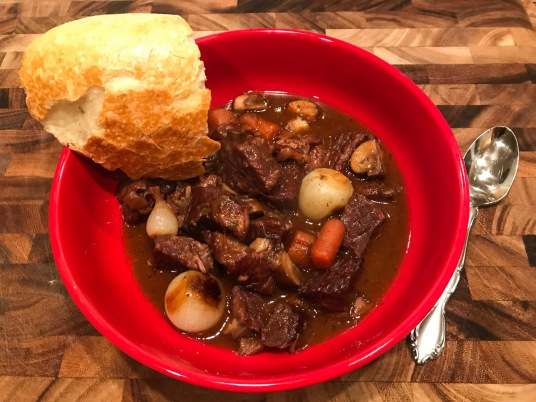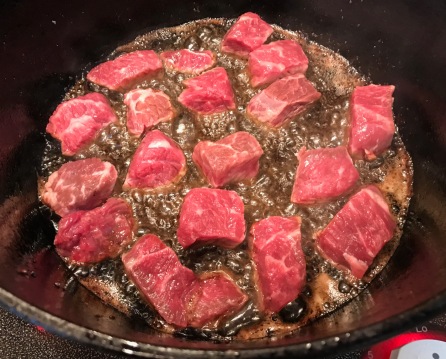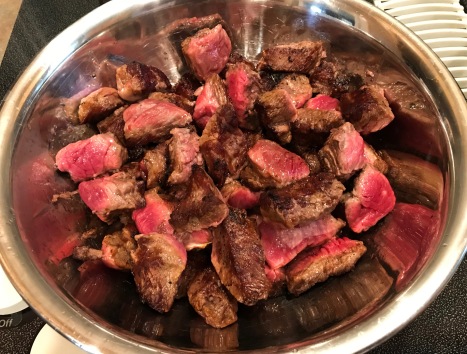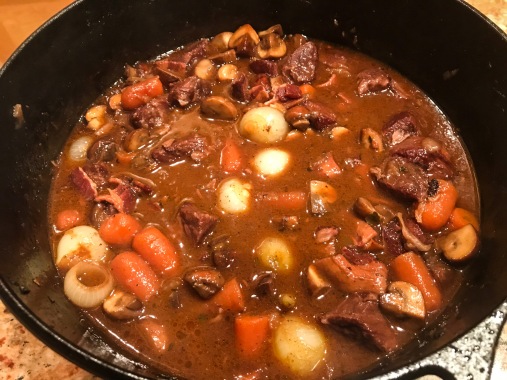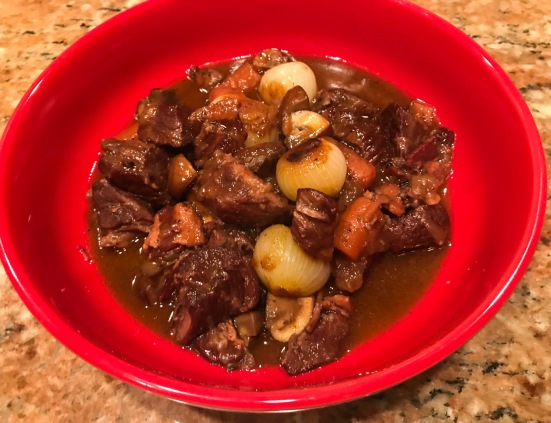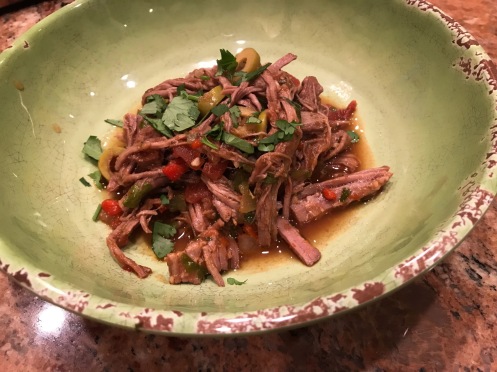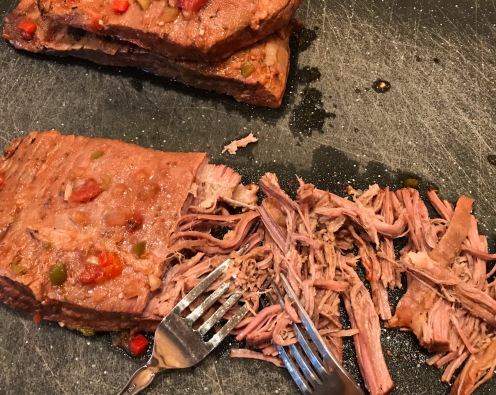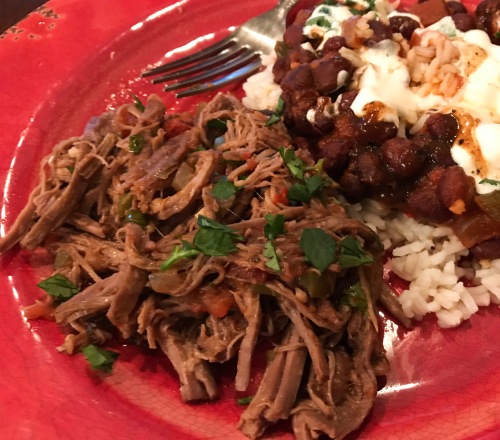One of Lolly’s more adventurous roles as my loving spouse for these many years has been as my de facto guinea pig for new creations in the kitchen, a sort of culinary crash test dummy, if you will. Usually she doesn’t mind it, because usually my experiments come off reasonably okay. Occasionally the results are less than ideal, but she just gives me her honest feedback without excessive griping or cat-calling. To her credit, she hasn’t thrown any of my dishes back at me in months. Today she got the chance to test the limits of her herculean endurance one more time.
Last night we had some friends over for dinner and, as I am sometimes wont to do, I bought way too much food, thinking I might make things which, in actual practice, never got made. So here I am today, with all sorts of extra perishable ingredients on hand, wondering what to do with them. The answer, of course, is: Improvise! I gathered up these orphaned items, along with a few other strays from my pantry, and set to work using whatever I had on hand. Here was the finished product:
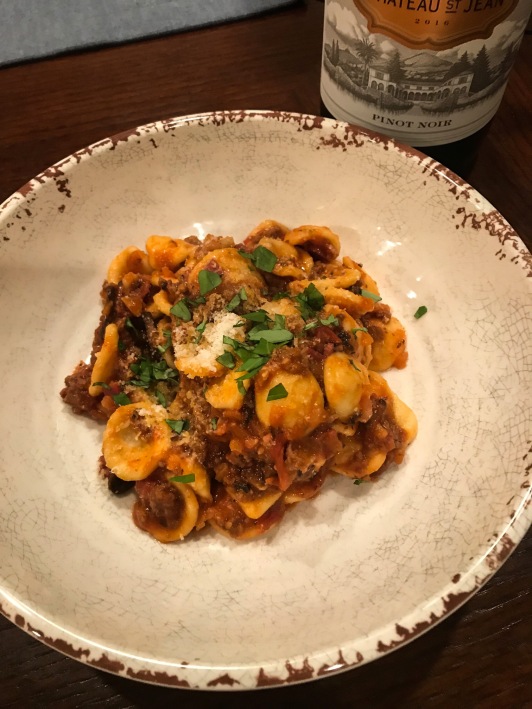
This is a meat-focused pasta sauce that leans in the direction of a Bolognese, built around some Orecchiette pasta, since I happened to have a package of that in the pantry. The following ingredients, when paired with a side salad and some fresh bread, will feed at least 6 hungry lumberjacks:
- 1 lb. Angus ground chuck
- 3-4 oz. sliced cappicola or prosciutto, minced
- 1 medium red onion
- 1 medium carrot
- 1 stalk celery
- 3 cloves garlic, minced
- 4 tbsp. olive oil (divided)
- 1 lb. cherry or grape tomatoes
- 1/2 cup dry red wine
- 1 can (6 oz.) tomato paste
- 1 can (15 oz.) low sodium beef broth
- 1 tsp. dried oregano
- 1 tsp. dried basil
- 1/2 tsp. chili flakes (optional)
- 1 tbsp. butter
- 8 oz. portabella mushrooms, stemmed and chopped
- Salt and pepper to taste
- 1 lb. dried Orecchiette pasta
- Grated parmesan and chopped basil for garnish
In a large deep skillet, cook the meats over medium heat until the beef is browned and the fat is rendered from the cappicola or prosciutto. Break up the beef as finely as you can in the process. While the meats are cooking, use the pulse function of your food processor to finely chop the onion, carrot and celery.
When the meats are finished, remove them to a paper towel-lined plate to drain. Add 2 tbsp. of the olive oil to the skillet and cook the garlic and chopped vegetables until tender, which will take only a few minutes. Add the tomatoes, cook for a few minutes more, then use a wooden spoon to press them until they burst and release their juices. Deglaze the pan with the wine, then stir in the tomato paste, followed by the beef broth. Lastly, stir in the dried herbs and chili flakes, then return the cooked meat to the sauce. Cover the pan and let the whole thing simmer for about 20 minutes to blend the flavors. Use salt and pepper to adjust your seasoning as needed.
Meanwhile, start some salted pasta water boiling and, in a separate skillet, heat up the remaining 2 tbsp. of olive oil and the butter. Sauté the mushrooms until they are well-browned, seasoning them with a bit of salt and pepper, and stir them into the main sauce. Let the sauce continue to cook another 20 minutes or so, using that time to cook the Orecchiette.
When the pasta is finished and drained, combine it with the sauce and you’re ready to serve. Garnish with freshly grated parmesan and chopped basil. We paired this with a lovely Pinot Noir and enjoyed this experimental dish with great gusto. Lolly gave it a big thumbs up. Give it a try and let me know what you think — I’m always open to suggestions on how to do it better. Until next time: Eat well, my friends!
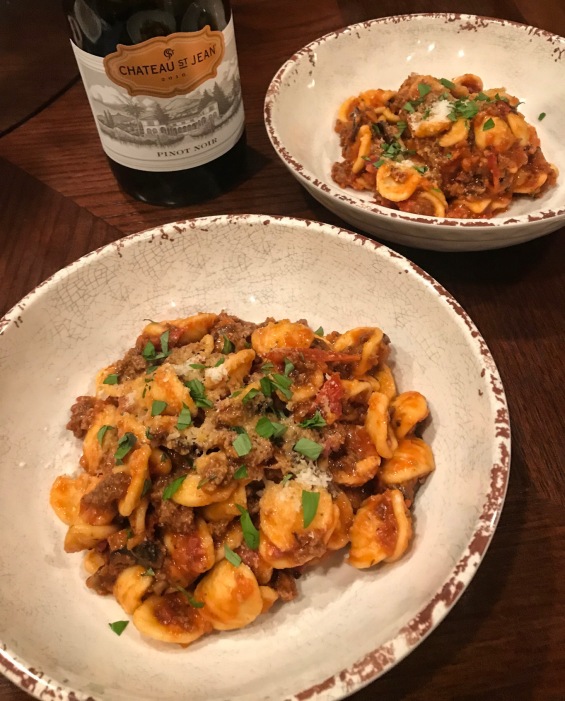



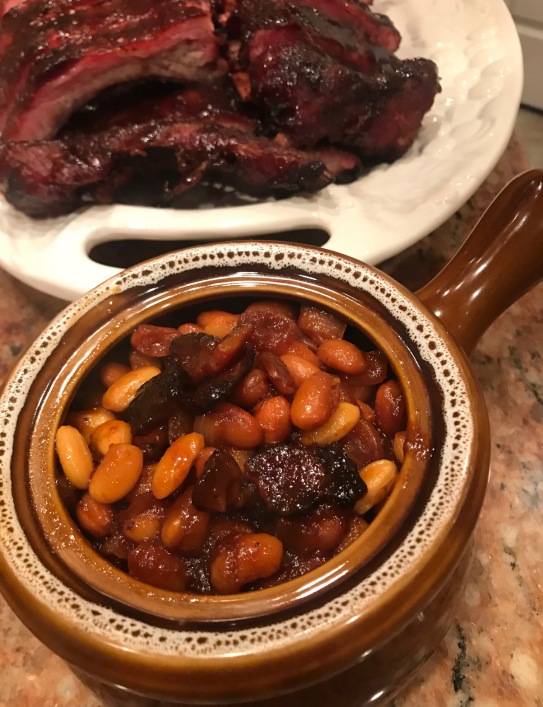
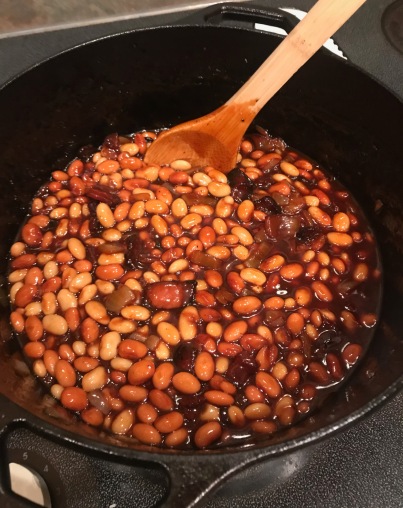

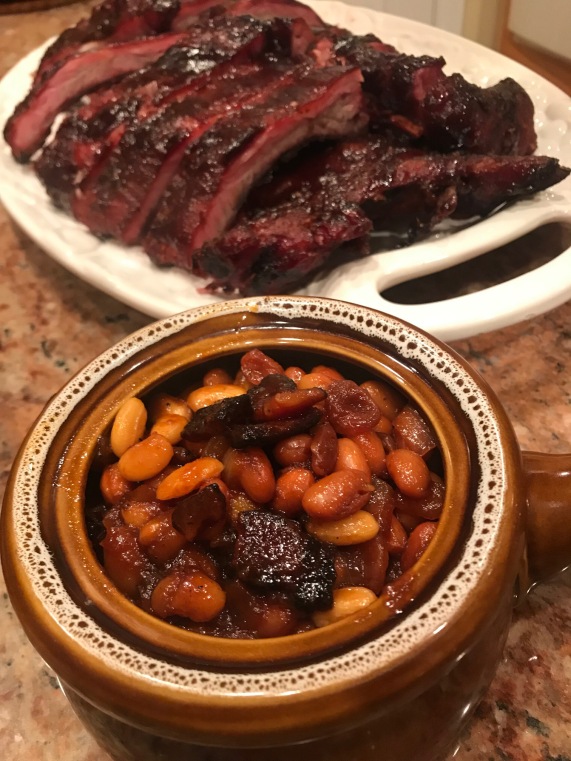
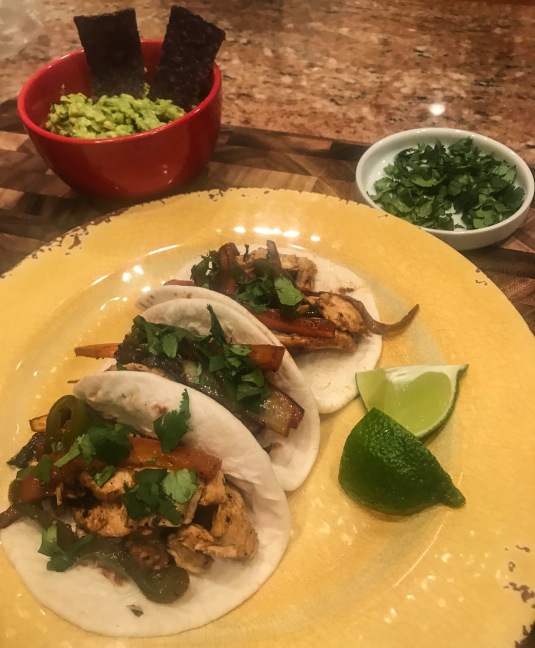

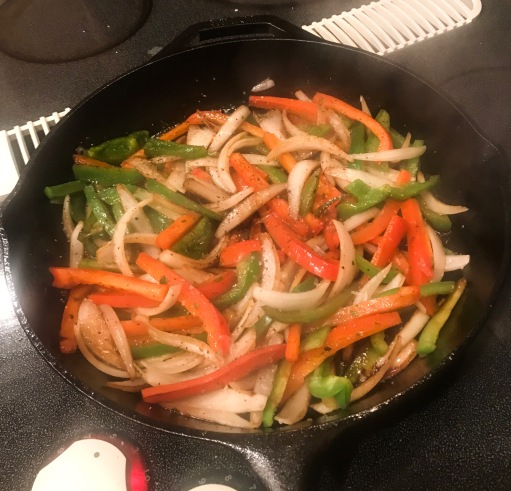
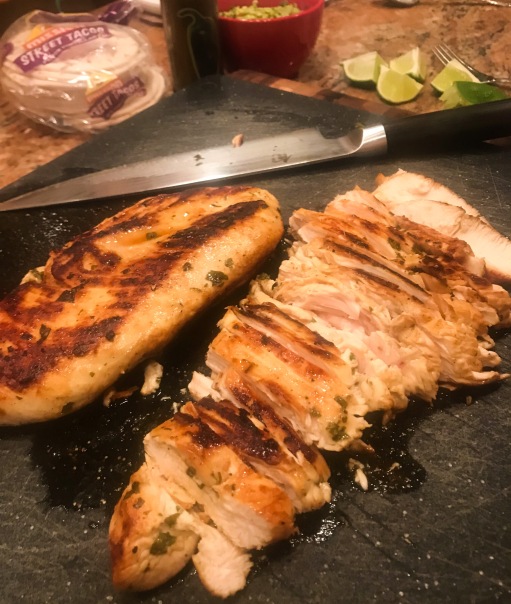

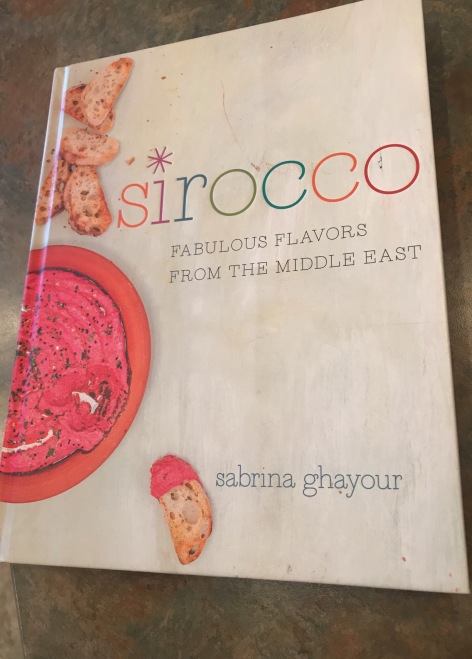

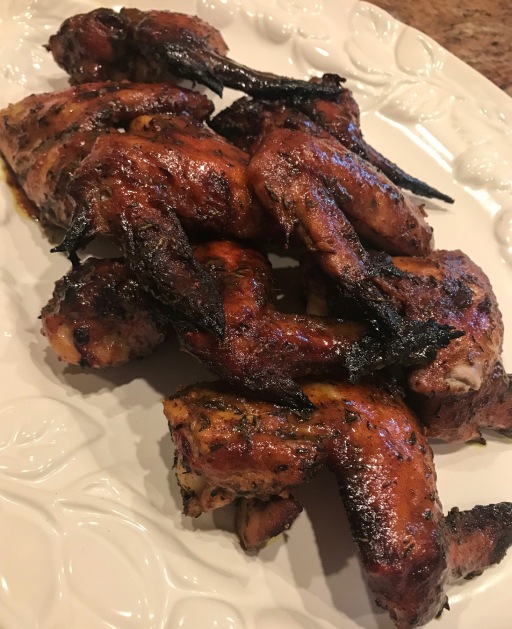
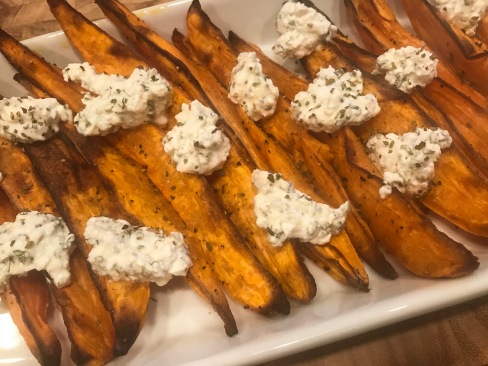

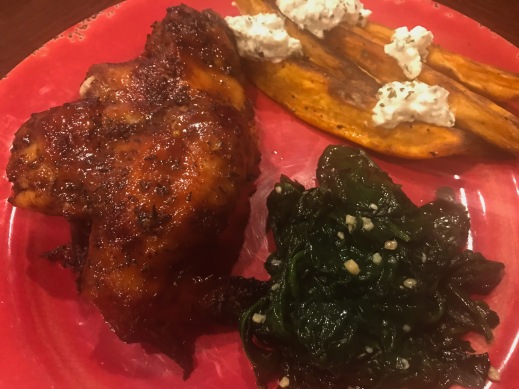


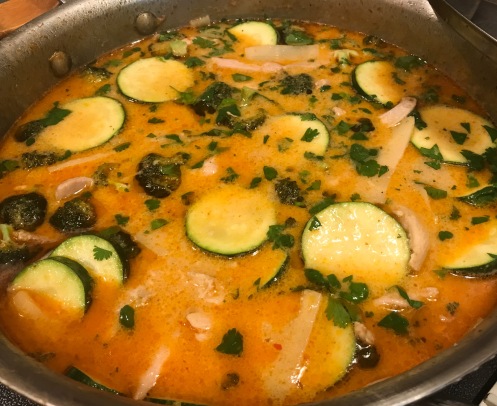


![12188174_1650831961860653_7030221501713332811_o[1]_edited2](https://chefdaveesq.files.wordpress.com/2018/06/12188174_1650831961860653_7030221501713332811_o1_edited2.jpg?w=458&h=335)
